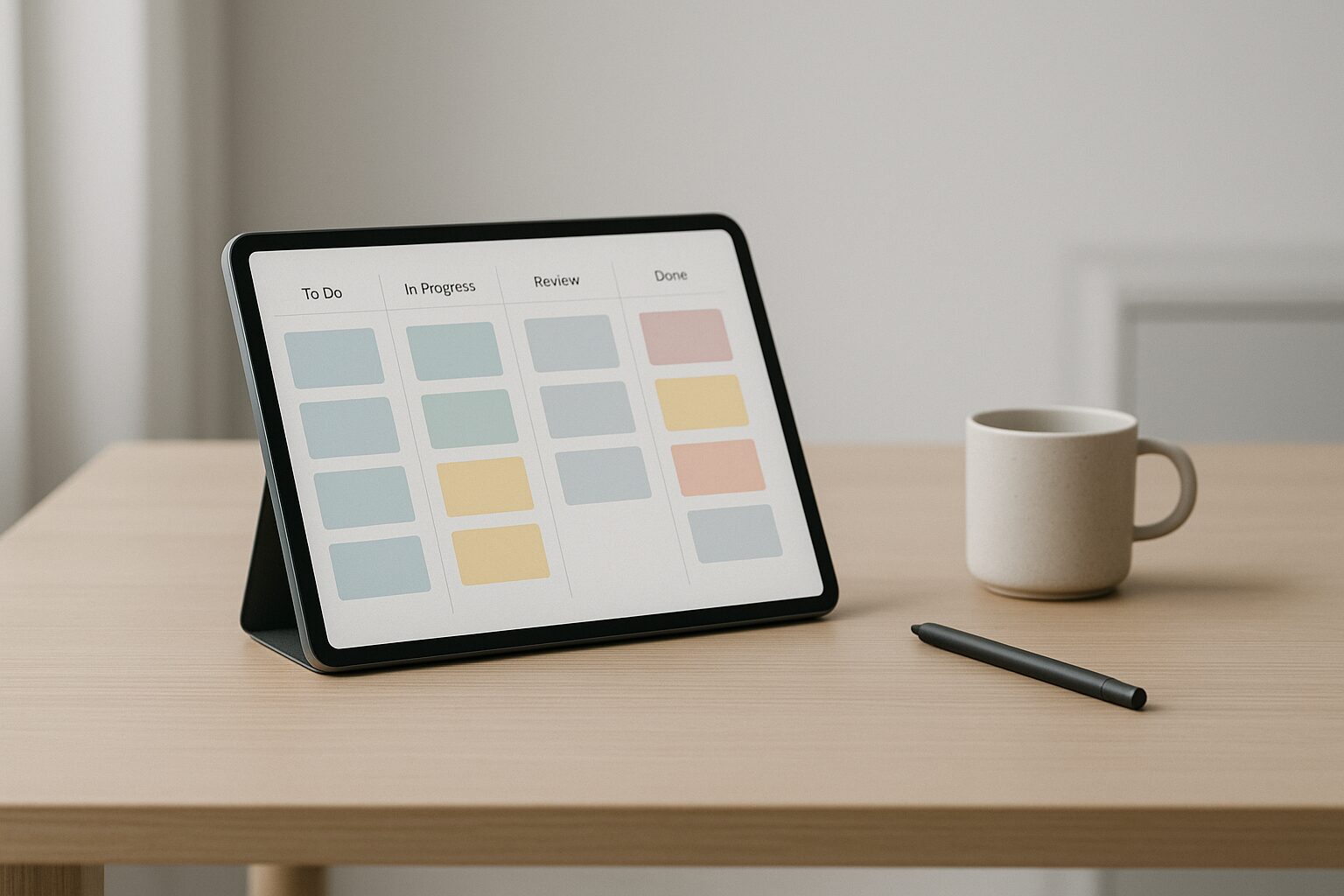Introduction: Why a Digital T-card System Matters
If you’ve ever watched a busy hospital ward, construction site or emergency response hub in action, you’ll have seen the magic — or the chaos — of coordination happening in real time. Traditional T-card systems, those physical cards slotted onto boards, have been a simple, effective way to track tasks, people and assets. The digital T-card system is simply the same idea modernised: cards that represent jobs, people or patients, visible to everyone who needs to know.
What makes the digital version worth considering is not just the novelty. It’s the ability to synchronise information across devices, add timestamps automatically, enable search and filters, and keep a full audit trail. For teams that value clarity and speed — whether in healthcare, facilities management or agile software delivery — digitising T-cards keeps the strengths of the old system while removing many of its limitations.
What Exactly Is a Digital T-card System?
At its core, a digital T-card system is a visual, card-based workflow translated into software. Each card represents an item of work, a person’s status, or an asset’s location. Cards can be moved across columns that represent states (for example: waiting, in progress, complete), assigned to team members, and annotated with notes, timestamps and attachments.
Unlike a static whiteboard, the digital approach offers history and analytics. You can see how long a card spent in a particular state, who updated it, and where bottlenecks occur. That insight turns a simple tracking tool into an operational dashboard that supports continuous improvement.
Benefits: Speed, Visibility and Accountability
One of the immediate benefits you’ll notice is speed. Updates are instant, so everyone sees the current reality without the delay of physically moving cards or gathering in front of a board. That’s invaluable in fast-paced environments where decisions must be made quickly.
Visibility is another big win. Digital cards can be filtered by role, priority, or location, allowing people to focus on what matters to them while retaining overall situational awareness. And because each action is logged, accountability improves naturally: it’s clear who did what and when, which helps in audits, handovers and debriefs.
Integration with Agile Tools and Online Boards
Digital T-card systems sit comfortably alongside agile practices. They’re essentially a physical T-card mapped onto columns like a Kanban board or sprint backlog. Many teams combine the discipline of T-card tracking with Kanban or Scrum frameworks to get both operational clarity and iterative delivery.
If you’re exploring tools, there are several platforms that provide free or low-cost board systems similar to Trello, Favro and Monday. One example is onlinetcards.com, which offers a free project management system including kanban and scrum boards — handy for small teams or pilots. Using such a tool lets you try out digital T-card workflows without heavy upfront investment and integrate them with the standard agile features teams already expect.
Security, Compliance and Practical Concerns
Moving from paper to digital raises sensible questions about security and data protection. Always check where data is hosted, which encryption standards are used, and whether the vendor supports role-based access control. For sectors like healthcare, additional compliance (such as GDPR in the UK and EU) must be considered — patient-identifying information should never be exposed through insecure channels.
Practical issues matter too: offline access for sites with poor connectivity, simple mobile interfaces for frontline staff, and exportable reports for governance. A digital T-card system that doesn’t consider these realities can be faster than paper but still fail to deliver in the environments that need it most.
Implementation Tips and Common Pitfalls
Start small and iterate. Pilot your digital T-cards with one team or shift, gather feedback and refine card fields and workflows before rolling out across the organisation. Involve frontline users early — they’ll often identify edge cases managers miss.
Avoid overcomplicating the card structure. One of the strengths of a T-card is simplicity: too many mandatory fields or rigid workflows reduce uptake. Ensure training is hands-on and accessible, and provide a clear escalation path for technical or process issues. Lastly, measure success with meaningful metrics: time-in-state, throughput and user satisfaction are better indicators of improvement than sheer numbers of cards created.
Conclusion: Practical, Visible and Adaptable
A digital T-card system takes a time-tested visual management technique and adapts it for modern teams. It keeps the immediacy and clarity of the physical board while adding the advantages of search, audit trails and analytics. Whether you’re coordinating patients, managing assets or delivering software, the digital T-card can be a simple but powerful tool in your toolkit.
If you’re curious to try a digital board before committing, services like onlinetcards.com provide a free, easy entry point with kanban and scrum features — a good way to prototype your T-card workflow and see the benefits firsthand.
